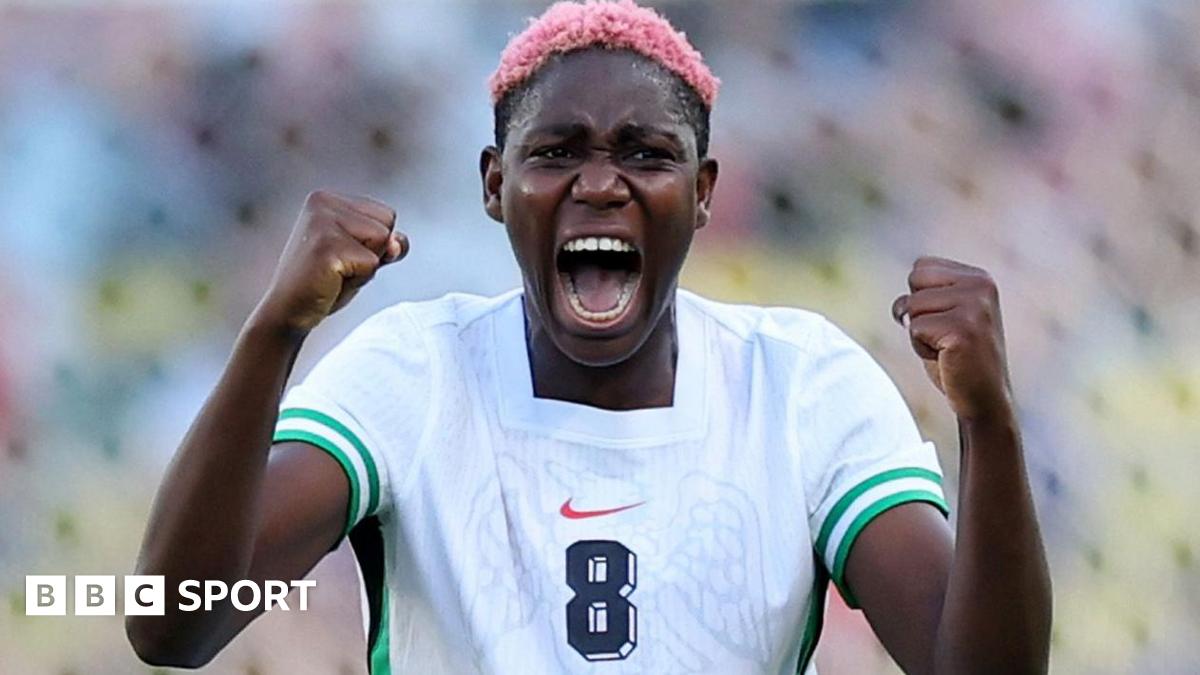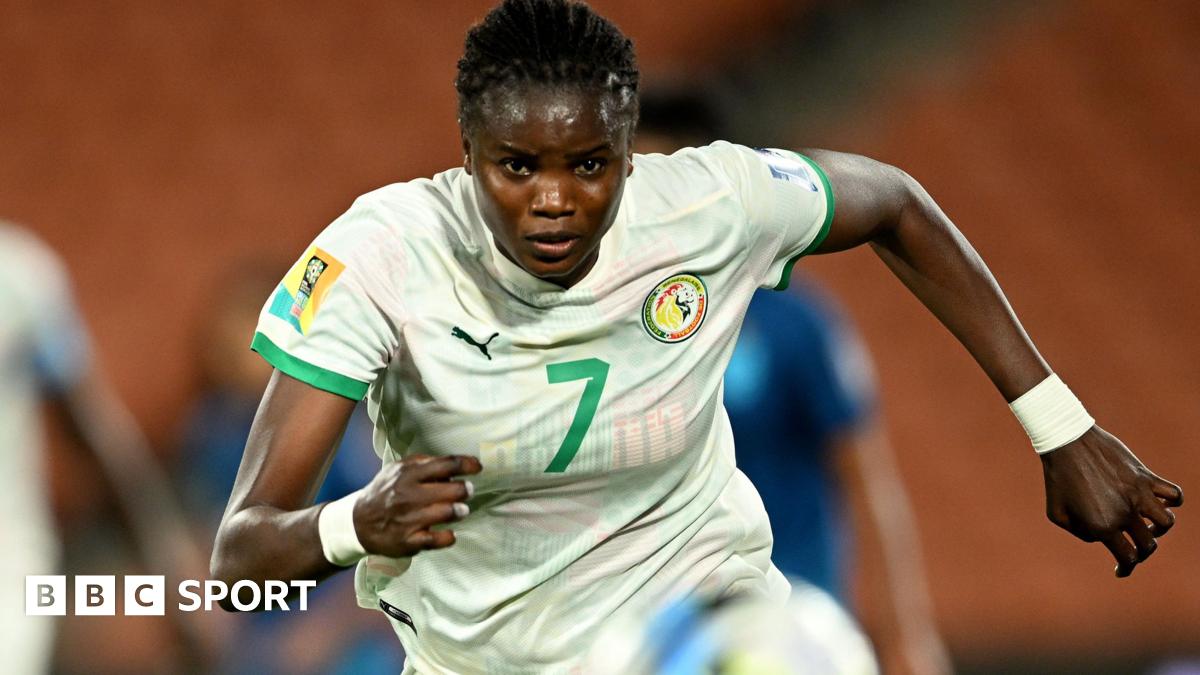Key Takeaways
- Grok-3 is strong in math, science, and coding, while GPT-4 is superior in language and multimodal tasks.
- Grok-3 continuously updates from X, while GPT-4 relies on a fixed dataset with periodic updates.
- ChatGPT allows structured fine-tuning via API settings, while Grok-3 adapts dynamically to user input.
- GPT-4 integrates across multiple platforms, including Microsoft products. Grok-3 has a limited reach but offers real-time data advantages.
In the race for AI dominance, tech companies and governments are accelerating their national artificial intelligence (AI) projects, pouring billions into research and development.
Elon Musk—founder of Tesla, SpaceX, Neuralink, and xAI and billionaire advisor to Donald Trump—sees himself as a disrupter in technology and innovation and is not staying behind. xAI, has introduced Grok-3 to compete with models like OpenAI’s GPT-4, Google’s Gemini, and DeepSeek.
Positioned as a challenger to these AI giants, Grok-3 brings real-time data access and deeper social media integration.
Grok-3 aims to shake up the landscape, offering a fresh AI option that aligns with xAI’s “mission of advancing scientific discovery and gaining a deeper understanding of our universe.”
This pursuit echoes Isaac Asimov’s “The Last Question”, where humanity’s relentless search for answers ultimately leads technology to transcend its creators—turning the tool into the thinker and creator.
But how does Grox-3 compare to its main competitors?
This article examines Grok-3 and GPT-4, exploring their capabilities, challenges, and the future shaped by AI advancements.
What Is Grok-3?
Grok-3 is the latest AI model from xAI. Released in February 2025, it replaces Grok-2 with enhanced reasoning, mathematics, coding, and general knowledge capabilities. As a multimodal AI—meaning it can process both text and images— Grok-3 powers xAI’s chatbot, positioning itself as a direct competitor to other leading models.
What Is GPT-4?
GPT-4 is OpenAI’s advanced AI model designed for natural language processing (NLP), reasoning, and content generation. It also supports multimodal capabilities. In Microsoft’s AI ecosystem, GPT-4 powers ChatGPT, Bing AI, and enterprise applications.
It offers improved accuracy, better contextual understanding, and more refined responses than its predecessor, GPT-3.5. Developers can integrate GPT-4 through OpenAI’s API into various platforms.
Key Differences Between Grok-3 and GPT-4
When comparing Grok-3 and GPT-4, several key differences emerge, highlighting their distinct strengths and focuses.
“AI Personality”
Grok-3 stands out as an AI model with a distinct personality and a more unfiltered approach. When asked about its particularities, it described itself as:
When delving into it particularities Grok-3 said “I’m designed with a bit of wit and a rebellious streak—think Douglas Adams meets Tony Stark’s JARVIS. My responses often carry humor and an ‘anti-woke’ slant, reflecting Elon Musk’s vision of an AI free from heavy-handed filters.”
It might not be surprising that Grok-3 presents an identity that seems to mirror Elon Musk’s signature style when asked to describe itself. Unlike conventional AI models focusing on neutrality, Grok-3 embraces a more conversational and sometimes edgy tone.
In contrast, ChatGPT takes a more structured approach.OpenAI designed ChatGPT to be widely accessible and adaptable, aiming to balance usability and safety. It is presented as following strict moderation policies, ensuring responses remain fact-based and neutral.
Unlike Grok-3, which incorporates humor and edginess, ChatGPT generally aims to avoid controversial or extreme takes.
This approach makes it suitable for professional, academic, and general-use cases, where consistency and reliability take priority over personality. OpenAI emphasizes that ChatGPT is designed to prioritize accuracy and adhere to responsible AI guidelines. According to OpenAI, they are committed to ensuring that AI systems are built, deployed, and used safely, reflecting their mission to keep powerful AI both safe and broadly beneficial.
Users can fine-tune both Grok-3 and ChatGPT-4 to adjust their responses and tone of voice. While their default settings reflect their creators’ design choices, users can influence their output through prompts and instructions.
ChatGPT-4 allows customization through system-level instructions and API settings, letting businesses and developers tailor it for specific needs. Businesses, organizations, and developers can adjust their responses for customer service, technical support, or content generation.
Grok-3 is less open to external fine-tuning, but adapts dynamically to conversational styles, reflecting Elon Musk’s vision of an AI that engages in real-time discussions with minimal moderation.
Performance: Grok-3 vs. GPT-4
Grok-3 outperforms GPT-4 in math, science, and coding, making it a strong contender for technical problem-solving. In the AIME 2025 math competition, Grok-3 scored 52, surpassing GPT-4o’s 48. On the GPQA science benchmark, it achieved 75, outperforming GPT-4o and Claude 3.5 Sonnet. Grok-3 led with 57 on the LCB Oct-Feb dataset in coding, ahead of GPT-4o and Gemini-2 Pro.

However, GPT-4 excels in language understanding, creative writing, and multimodal processing. It delivers more natural and structured responses across various topics and is widely used in business, education, and content creation. While Grok-3 is designed for real-time reasoning and logic-heavy tasks, GPT-4 is preferred for conversational AI, document analysis, and general-purpose applications.
Advanced Features: Grok-3 vs. GPT-4
Both models offer powerful tools beyond standard AI conversations.
As of February 2025, Grok-2 is accessible to all X users, not just Premium subscribers. Free users have certain limitations, such as analyzing a few messages every 2 hours and a limited number of images per day. Subscribing to Premium+ offers higher usage limits and additional features such as:
- DeepSearch: Pulls live data from the web and X, delivering real-time insights.
- Big Brain Mode: Uses extra computing power for complex reasoning, coding, and problem-solving.
GPT-4 users can also opt for the following features and models:
- GPT-4o Model and others: Offers faster responses and improved efficiency over GPT-4. Other models include GPT-4o Mini, o1, o3-mini and o3-mini high.
- Voice mode: Allows real-time spoken interactions for a more natural experience in some models.
The following table shows a breakdown of the key differences of both models:
| Aspect | Grok-3 (xAI) | GPT-4o (OpenAI) |
| Release date | February 2025 | March 2023 |
| Primary focus | Reasoning, STEM, real-time data | Versatile language processing |
| Special features | “Think” (step-by-step logic), “DeepSearch” (live web) and Grok-2 | DALL-E integration and several other models |
| Benchmark performance | Strong in math, science, coding | Strong in language, contextual reasoning |
| Data freshness | Continuous updates, real-time web browsing | Fixed training data, limited web search |
| Cost | ~$50 p/month | $20 p/month |
| Target audience | STEM users, real-time research | General public, developers, enterprises |
Bear in mind that pricing for both Grok-3 and GPT-4 may vary by region and subscription plans.
Musk and Altman: A High-Stakes Tech Showdown
Additionally, it is important to remember that Elon Musk wasn’t always an outsider to OpenAI—he was one of its co-founders in 2015. However, his relationship with the company has since become increasingly tense.
After leaving OpenAI’s board in 2018, citing conflicts with Tesla’s AI ambitions, Musk became one of its most outspoken critics. In 2024, he sued OpenAI and its leadership, arguing that the company had strayed from its nonprofit roots and was now prioritizing corporate interests, particularly through its deepening ties with Microsoft.
OpenAI CEO Sam Altman dismissed Musk’s claims, suggesting that Musk’s actions were driven more by personal motives than genuine concern for AI’s future.
The dispute escalated in early 2025 when Musk led a $97.4 billion bid to acquire OpenAI’s nonprofit arm, aiming to restore its open-source mission. Altman swiftly rejected the offer and fired back with a $9.74 billion counterproposal to buy X—just a fraction of Musk’s bid for OpenAI and a pointed jab at his control of the platform.
This exchange highlights the growing rivalry between the two tech moguls and underscores the broader debate over AI commercialization and control, a key issue shaping the development of models like GPT-4o and Grok-3.
Conclusion
Grok-3 and GPT-4 represent two different visions for AI. Grok-3 focuses on real-time data and reasoning, making it a strong tool for technical tasks and dynamic analysis.
GPT-4 dominates enterprise AI, excelling in multimodal processing, structured applications, and business adoption.
Beyond technology, the Musk vs. Altman rivalry highlights a deeper fight—AI as a corporate asset vs. AI as an open tool. As AI evolves, the real question isn’t just about power or speed—it’s about who controls the future of intelligence.
FAQs
Does Grok-3 have an API for developers?
Not yet. xAI has announced plans for an API release, but it is currently limited to X’s ecosystem.
Can both Grok-3 and GPT-4 be fine-tuned?
GPT-4 offers structured fine-tuning options through OpenAI’s API, allowing businesses and developers to adjust responses, tone, and output for specific needs.
Grok-3 dynamically adapts to user input but has limited external fine-tuning options compared to GPT-4. xAI has not yet released an official API for model customization.
Which model is more powerful?
It depends on how you define power: Grok-3 excels in real-time reasoning, math, science, and coding, making it a strong choice for technical problem-solving.
GPT-4 is more versatile, with better language processing, multimodal capabilities, and structured AI applications, making it superior in content generation, business solutions, and enterprise AI.
Was this Article helpful?


















